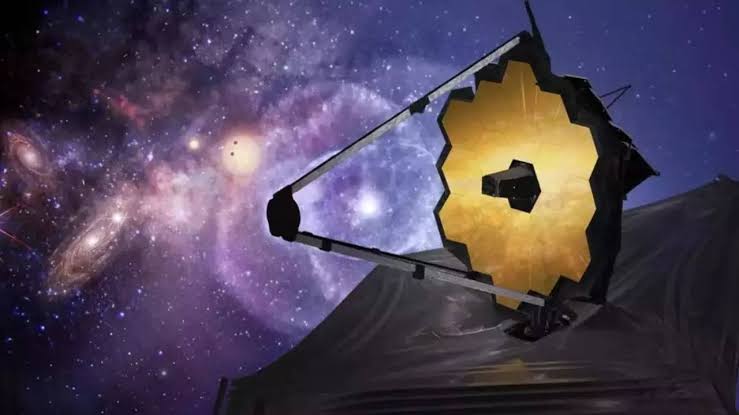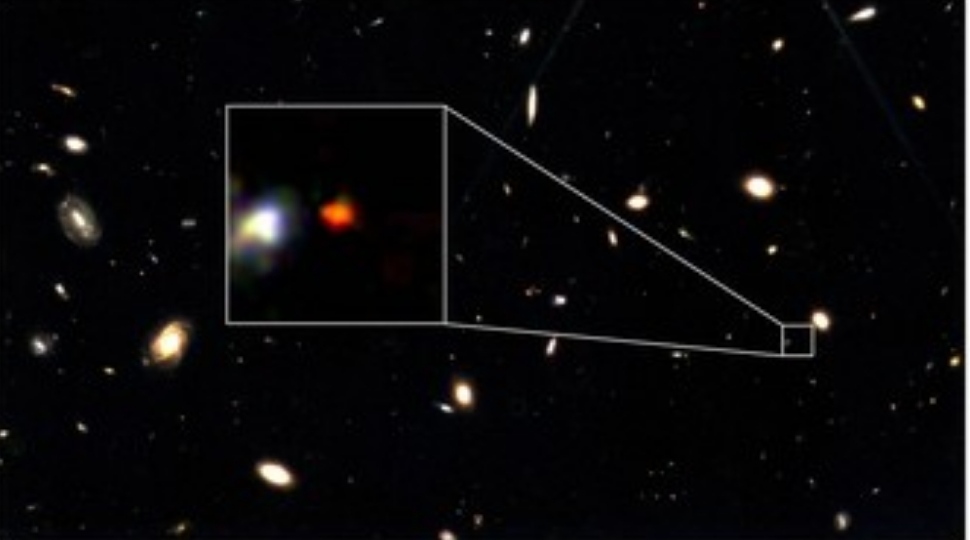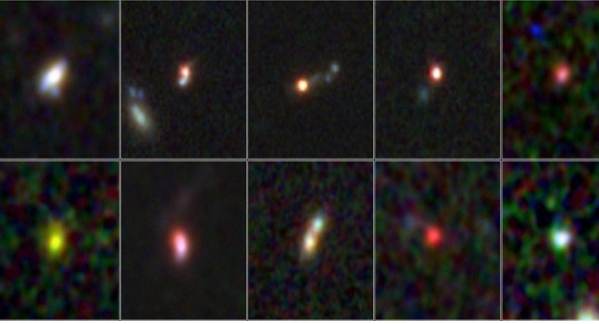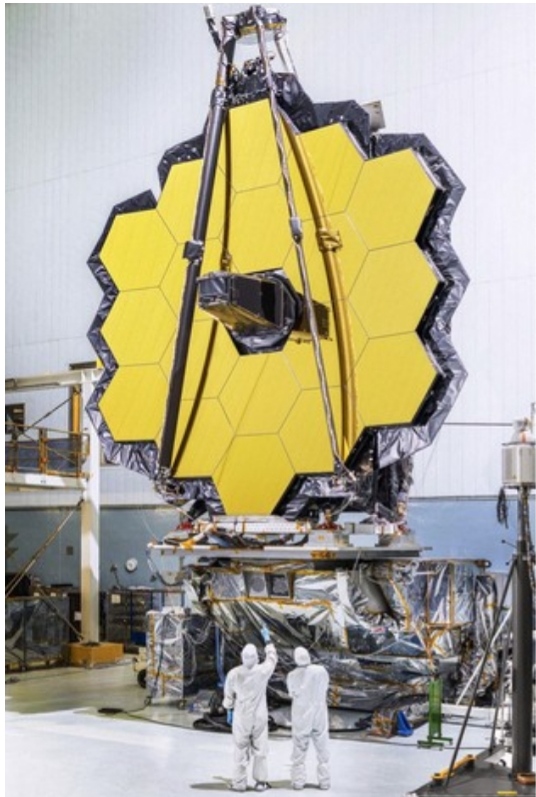Japan using James Webb telescope to unlock secrets of the cosmos

A general theory states that several hundreds of millions of years after the Big Bang brought everything into existence some 13.8 billion years ago, the universe was composed mostly of hydrogen and helium before heavier elements formed.
But a Japanese research team has been pioneering discoveries uncovering the presence of heavy elements such as nitrogen, as well as supermassive black holes that existed when there was an active formation of stars, upending the predictions of previous studies and expanding the frontiers of human knowledge ever further.
The key instrument in discovering these revelations has been the James Webb Space Telescope, sometimes called JWST for short, of the National Aeronautics and Space Administration in the United States.
JWST became operational in 2022, and the trove of observational data on the primordial era of the universe it has made accessible to scientists is revolutionizing astronomy.
“This past year has seen a progression in the study of the early universe not seen in the past 20 years,” Masami Ouchi, a professor at the Institute for Cosmic Ray Research at the University of Tokyo and a project member, said in a recent interview with Kyodo News.
The early universe can be observed by searching for quasars — the brightest and most powerful celestial objects known in the universe. However, their light emissions, powered by supermassive black holes weighing from a million to billion times the mass of the Sun, take time to reach Earth.

This photo shows the galaxy (center of the square on the left) that existed approximately 400 million years after the Big Bang, as identified by a team from the Institute for Cosmic Ray Research at the University of Tokyo. (Photo courtesy of the Institute for Cosmic Ray Research)(Kyodo)
Observing a celestial body more than 13 billion light years away, for example, means that we are seeing it as it was 13 billion years ago.
But until recently, light emitted from distant galaxies had been hard to observe, as its wavelength stretches into the infrared spectrum with the universe’s constant expansion and is absorbed by Earth’s atmosphere, making detection with large telescopes virtually impossible before JWST came into service.
JWST, which floats in solar orbit about 1.5 million kilometers from Earth and is designed to help scientists conduct infrared astrological studies, can view distant sources of light with its high-sensitivity, high-resolution spectroscopic capabilities.
Scientists believe the abundance of hydrogen and helium were created by the Big Bang, while the other heavier elements, such as nitrogen and carbon, were created by nuclear fusion inside newly born stars, with a tiny fraction subsequently scattered through interstellar space by supernova explosions when the stars died out.

This file photo shows images of supermassive black holes that existed in the universe 1 to 2 billion years after the Big Bang. (Photo courtesy of the Institute for Cosmic Ray Research, the University of Tokyo)(Kyodo)
But in December 2023, the institute and the National Astronomical Observatory of Japan announced that the intensity ratio of nitrogen was actually higher than expected compared to equally heavy carbon and oxygen in three galaxies captured by JWST 400 to 900 million years after the Big Bang — thus casting doubt on the established theory.
If dispersed by exploding stars, heavy elements other than nitrogen should have been present in abundance.
The institute’s team believes it possible that due to some unknown mechanism, only elements in the outer layers of nitrogen-rich stars were released, or that many stars did not explode at all but rather collapsed due to their own gravity, in some cases becoming black holes without releasing the carbon and oxygen in their interiors.
In support of this theory, another paper from the institute pointed out the possibility that the universe 1 to 2 billion years after the Big Bang may have had several supermassive black holes, 50 times greater than previously believed.
“The early universe may have been teeming with black holes,” Yuki Isobe, a doctoral student at the institute, said.
In December 2023, project leader Yuichi Harikane, an assistant professor at the institute, and his colleagues announced that they had found two galaxies that existed about 400 million years after the universe formed. It brings the total number of galaxies they have identified in the same epoch to five, far exceeding the theoretical predictions made before the launch of JWST.
Based on the luminosity of the galaxies they have observed, the researchers found that stars were being formed at a rate four times faster than previously believed.

This file photo shows the primary mirror of the James Webb Space Telescope in the U.S. state of Maryland
“We think there must have been some mechanism that actively produced stars in the early universe,” said Harikane.
“The ‘cosmic dawn’ was much brighter than we expected,” he said, referring to the era immediately following the Big Bang when the universe was transformed from a dark state to one with the formation of bright celestial bodies.
Harikane added, “If we can observe further into distance, we can get a glimpse of the universe in which the first generation of galaxies were formed.”



